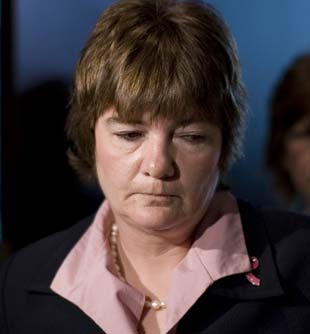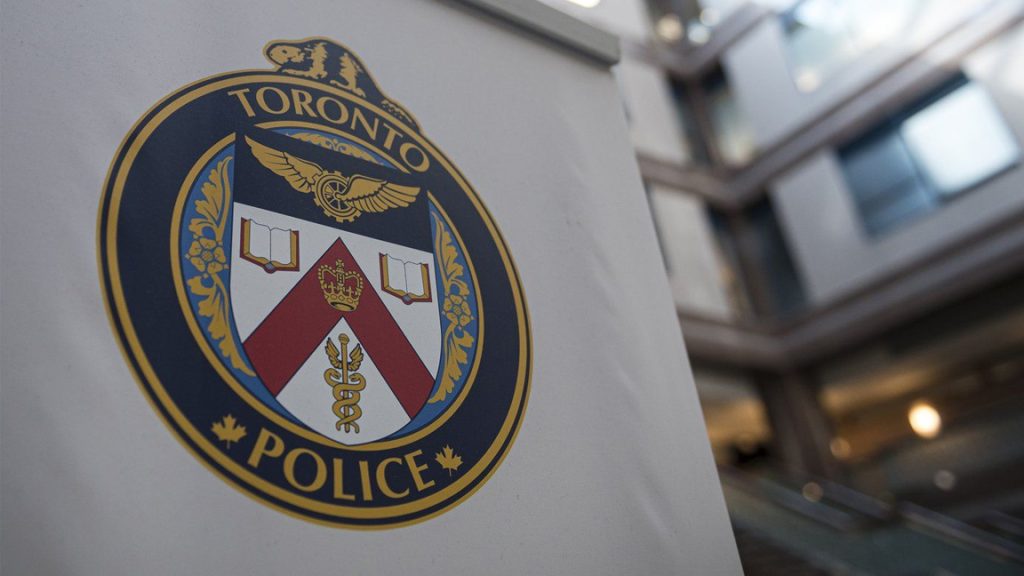Canada falls short in tracking doctor-error deaths and surgeries
Posted May 9, 2016 1:29 pm.
Last Updated May 9, 2016 9:26 pm.
This article is more than 5 years old.
Seven years ago Laurie Johnston was misdiagnosed with breast cancer, and as a result had a mastectomy to remove her left breast.
But it didn’t have to happen. Her surgeon didn’t read the pathology report that said she was cancer-free.
“The pathology report inevitably got into the hands of the surgeon, and it was found that she didn’t read it correctly and performed a mastectomy on my left breast and removed it,” Johnson said.
Johnson sued two doctors, the hospital where the surgery took place, and the Leamington District Memorial Hospital for $2.2 million. The lawsuit was settled out of court.
It wasn’t the first time the surgeon had made this mistake – eight years earlier she had removed another woman’s healthy breast under similar circumstances.
Few people knew about the first error. The College of Physicians and Surgeons didn’t list it, the hospital didn’t disclose the information to the public, and the surgeon didn’t tell later patients about it. Johnston had no way of checking her surgeon’s track record.
“It shouldn’t have happened,” she says. “Most of the physical pain has subsided, but I still have this huge scar that reminds me every day of what should not have happened to me.”
Sadly, Johnston’s experience isn’t unique.
A 10-year analysis of 2,974 malpractice complaints and settlements in Canada gives a rare glimpse into medical mishaps and potentially avoidable harm in our nation’s operating rooms.
Conducted by the Canadian Medical Protective Association (CMPA), which defends doctors accused of malpractice, and the Healthcare Insurance Reciprocal of Canada (HIROC) – Canada’s largest liability insurance provider for hospitals – the report found that about one-third of those cases resulted in catastrophic injuries or even death for the patients.
Related:
Study shows medical errors now 3rd-leading cause of death in the U.S.
In-hospital Sepsis: Ontario hospital
Patient safety: International comparisons
In 64 percent of CMPA’s cases and 93 percent of HIROC’s cases, peer evaluators determined that physicians were a major factor in patient harm. Poor decision-making was the number one physician factor. But poor decision-making and bad doctoring isn’t really tracked.
Researchers at Johns Hopkins University aim to change that. According to their research, the third-leading cause of death in the U.S. is “preventable medical errors.” That means medical mishaps kill more people than accidents, lower respiratory diseases, suicides, or strokes. The study’s authors calculated that 444,000 deaths in 2013 were attributable to judgement or diagnostic errors, system defects or preventable adverse effects. The study’s authors had to calculate the deaths because “deaths caused by errors are unmeasured and discussions about prevention occur in limited and confidential forums.” They are calling on the Centre for Disease Control to start tracking medical errors.
Barbara Macfarlane, a malpractice lawyer with Torkin Manes LLP, says the secrecy surrounding medical errors extends to Canada.
“I see a lot of medical mistakes,” he says. “I think the public isn’t aware of a lot of the mistakes.
“There’s some limited information online that they can look for, but its very limited. I would say that most medical mistakes aren’t known.”
The Canadian Institute for Health Information (CIHI) tracks deaths following major surgeries, in-hospital deaths, re-admissions, and instances of in-hospital sepsis, by hospital. It also tracks post-op complications (like embolisms or infections), and foreign objects (like sponges and medical instruments) left inside patients. According to the most recent data, stuff gets left behind about 7.5 times out of 100,000 surgeries in Ontario. The CMPA analysis found that 12 per cent of its cases involved items left behind or wrong surgery, 18 per cent of HIROC’s cases involved the same.
– Laurie Johnston
|
 |
But when it comes to other mistakes – like improper diagnoses, judgement errors or most preventable adverse effects – there is no real and accessible tracking. A 2004 study by the University of Toronto’s Ross Baker and the University of Calgary’s Peter Norton revealed that 7.5% of all Canadian patients – about 185,000 – experienced some sort of adverse effect in hospital. They estimate between 9,000 and 23,000 patients died annually from preventable errors.
Since the study, Ontario has made improvements in some reporting, like sepsis and post-surgery re-admissions, but Baker says it’s not comprehensive.
“It’s sort of a unique set of events,” he says. “If you were going to the hospital because you were going to have a baby, you wouldn’t look at that information because it wouldn’t be particularly useful.”
In 2009, the Ontario government introduced mandatory surgical check lists and mandatory reporting of their completion.
“The surgical checklist was a method to make a difference in surgery to ensure that the team is communicating or working well as a team,” Baker explains. “The problem is, it works well for teams that already communicate well as a team because they buy into it.
“But as you know, the stereotypical view of what happens in the operating room is that conflicts between surgeons and anesthesiologists, nurses who feel afraid to speak up if they see something … and so what we need to do is step back and say it’s not enough to have the checklist, we have to make sure that the teams are willing and ready to use the checklist.”
Macfarlane says the biggest obstacle is the cone of silence that surrounds the medical community.
“I think what we really need is people speaking up about it and willing to say ‘hey, this shouldn’t have happened.'”
(To view on mobile, click here)










